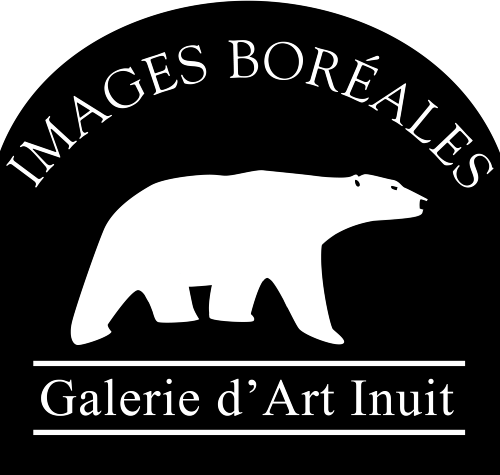Graham Pettman
Graham Pettman was born in 1938 at Fort Vermillion, Alberta, of a Cree mother and a British father. Being nomadic most of his life, Graham has been traveling with his work between BC and Alberta. Many of his works end up in sculpture collections outside of Canada.
Graham grew up in various towns in Alberta, spending time with Cree relatives living in the old ways. Observing the lifestyle of his grandfather, a herbalist and trapper, Graham saw a man who lived a simple life surrounded by nature right up until his death at nearly one hundred years of age. Graham left school early to join his father’s line of work at the opening of the aluminum smelter in Kitimat, BC. His father, a former RAF pilot in World War II, traveler and avid reader, had many stories of his early years in northern trading posts where he learned the Cree language. After joining the army and travelling across Canada, Graham worked at various jobs across Canada finally settling in the Great Lakes. Here he took up the trade as a house and sign painter.
Graham enjoyed sketching and had met and been influenced by A.Y. Jackson as a youth in Yellowknife and was inspired to attend the Alberta College of Art in 1965. After 1 1/2 years at the College, Graham headed back to the road, moving from Victoria to Whitehorse, the Queen Charlotte Islands, White Rock and once more across Canada to the Expo ’67 in Montreal, spending some time in Fredericton, NB. While he traveled, Graham never put down his pencil and sketchbook, studying people, reading books and observing the Hippie, Black and Red Power movements. Graham produced numerous books of pencil sketches and began to produce large, brightly colored paintings depicting the social commentaries of the time, with hands being a dominant and recurring theme in his works. As a child care worker involved with Native children and befriending a former traditional Nootka dancer, Graham began reestablishing some of his Cree roots during the Seventies. By 1976 when he moved to the west side of Wells Grey Park, he concentrated on creating wood sculptures although he continued to paint the local forests. He carved canes of local wood, using multi-image themes like his paintings; images evolving spontaneously as the wood designated. Graham was awarded first prize in the cane division of the CNE in 1980. He carves fictitious portraits on burls, again following natural contours and using what nature provides for drama or humour.
Encouraged by a friend and his brother to work in soapstone, he began carving full-time in 1982. More of Graham’s Cree background and Native heritage is depicted with the integration of the symbols nature displays. His inspiration comes from the existing shape of the stone before he commences carving. Graham feels he is fortunate to live in an area where he can participate in the Native culture, reemerging ancient traditions relating to the Creator.
Keeping relationships between people as a dominant theme, Graham now also enjoys carving the animals which he has the opportunity to encounter in the area in which he lives, the Cariboo region of central British Columbia. He enjoys the company of his wife Virginia, a painter, and their three children: Demian, Mikara and Aaron.
– Biography provided by The Lloyd Gallery
By this artist
No Results...
Sorry, there were no results found with these search parameters. Please reset and try again.
